11 Herbs You Can Harvest and Dry in the Fall
Fall is the perfect time to harvest and dry herbs, as cooler temperatures bring out the fullest flavors in many plants. Preserving these herbs allows you to enjoy their fresh, aromatic qualities throughout the winter months. Whether you’re using them for cooking, teas, or natural remedies, drying herbs at the right time ensures they retain their best taste and aroma. With a little effort, you can easily stock up on herbs that will enhance your dishes throughout the entire season.
This post may contain affiliate links, which helps keep this content free. Please read our disclosure for more info.
Basil
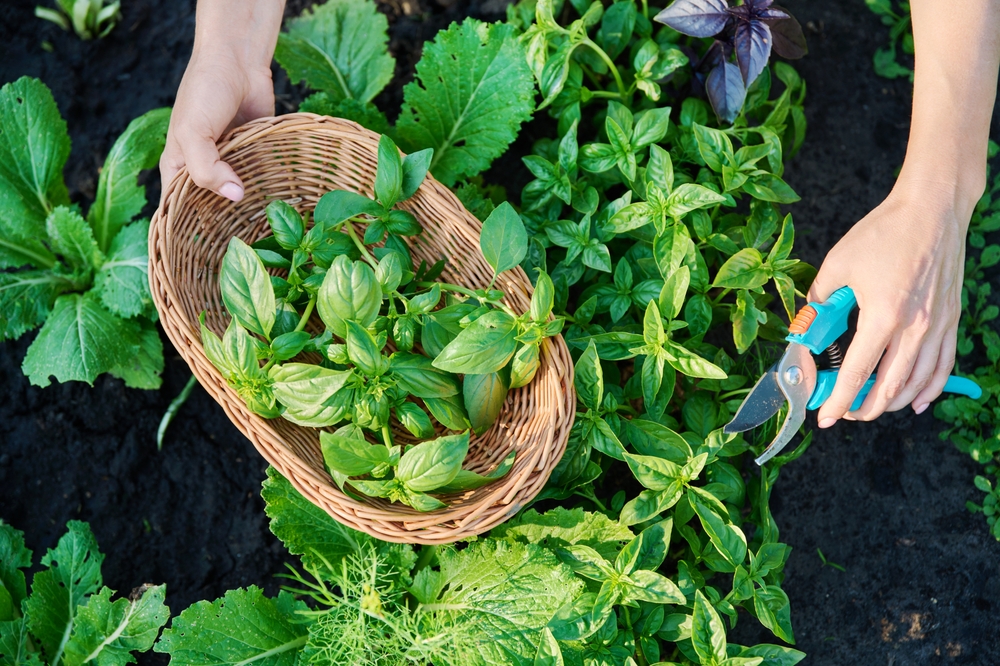
Basil is traditionally grown during warmer months but is often harvested in the fall, just before the first frost. As the weather cools, basil plants stop growing and start focusing on storing nutrients, causing the leaves to become rich in essential oils that contribute to the herb’s signature aromatic flavor. Harvesting basil in the fall ensures that the leaves are at their peak in both flavor and potency, which is perfect for preserving them for the colder months.
The best time to harvest basil is late morning after the dew has dried, but before the sun has fully heated the leaves. This helps ensure that the oils are preserved. When drying basil, remove the leaves from the stems, as basil tends to lose its delicate flavor when dried on the stems. You can dry basil by hanging small bunches upside down in a dry, well-ventilated area, or use a dehydrator. Once dried, store the basil in airtight containers to preserve its flavor for as long as possible. Dried basil is perfect for adding a burst of flavor to soups, pasta sauces, and homemade pizzas during the colder months.
Oregano
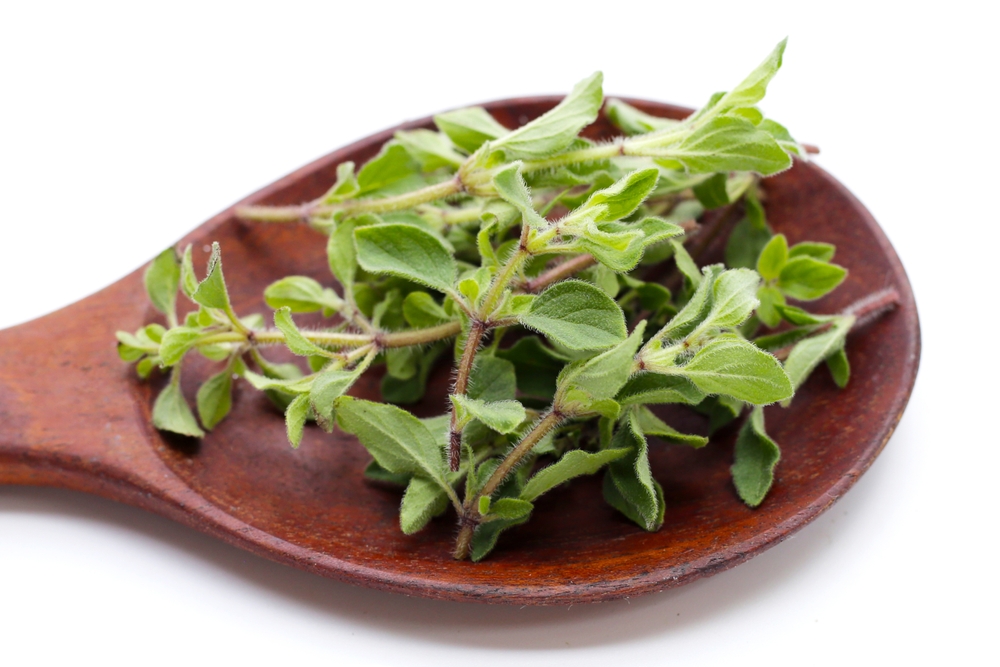
Oregano is another herb that reaches its full flavor potential in the cooler months. In the fall, oregano plants begin to harden and become woody, which leads to an intensification of their aromatic oils. Harvesting oregano in the fall, before the plant flowers, ensures that the leaves contain the most concentrated oils, making it perfect for drying and storing.
To harvest oregano, cut the stems about 4 inches from the ground, leaving some plant material behind to encourage new growth for the next season. After harvesting, bundle the stems together and hang them upside down in a cool, dry, and well-ventilated area. Alternatively, you can use a dehydrator to speed up the drying process. Once fully dried, strip the leaves from the stems and store them in an airtight container. Dried oregano retains its bold, earthy flavor and is perfect for fall dishes such as tomato-based sauces, roasted meats, and Mediterranean recipes.
Thyme
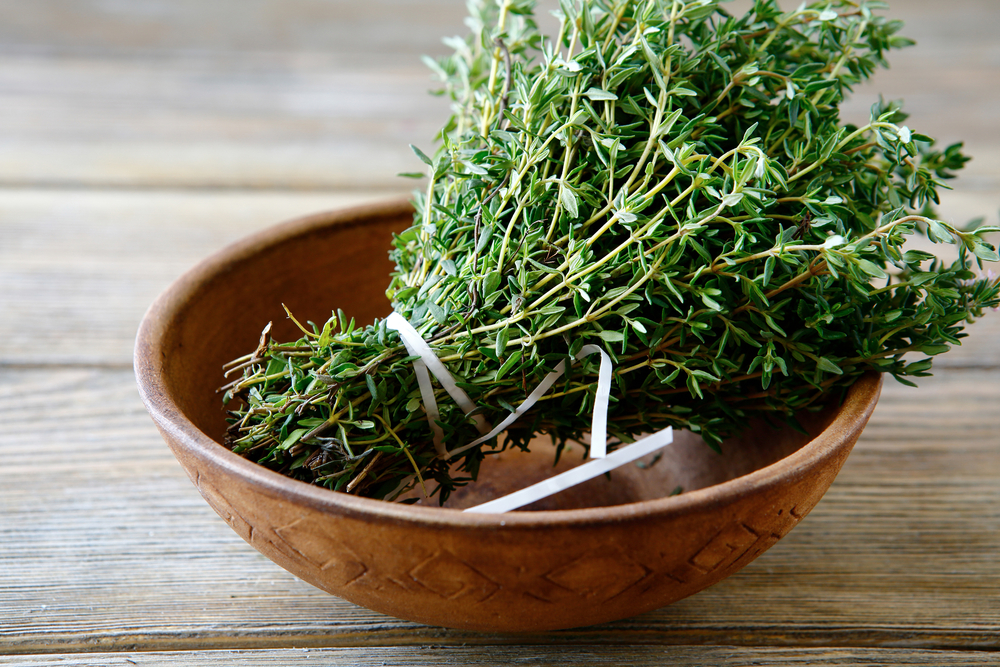
Thyme is a hardy herb that can survive cooler temperatures, making it ideal for a fall harvest. The leaves become more aromatic as the plant matures, particularly during the fall months, when the cooler weather helps concentrate the oils in the leaves. By harvesting thyme at this time, you can ensure that the leaves are packed with the herb’s signature earthy, lemony flavor, perfect for preserving by drying.
To harvest thyme, cut the sprigs just above the woody stems, leaving the lower parts of the plant to regenerate. The best time to harvest thyme is in the late morning when the oils are at their peak, but the dew has dried off the leaves. After cutting, you can dry thyme by hanging small bundles upside down or using a dehydrator. The drying process takes about a week to 10 days, depending on the method used. Once dried, remove the leaves from the stems and store them in airtight containers. Dried thyme can be used in a wide range of fall recipes, from hearty soups and stews to roasted vegetables, adding a depth of flavor that complements the season’s rich, savory dishes.
Sage
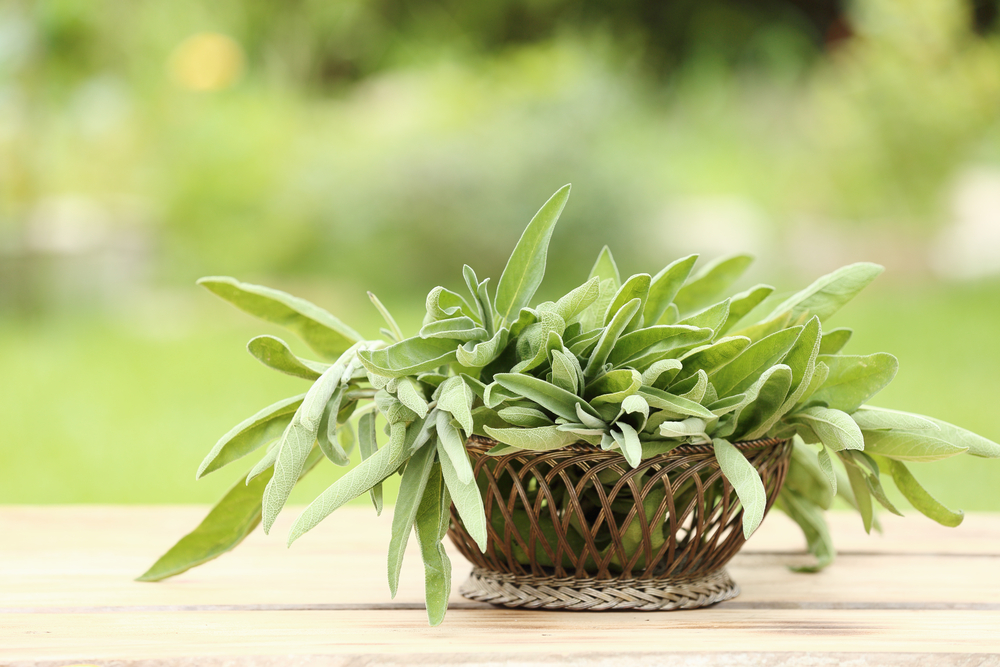
Sage is a hardy, woody herb that thrives in the cooler temperatures of fall. This is the time when the leaves become thick and aromatic, full of the oils that give sage its distinct, earthy flavor. Sage is often used in fall dishes, particularly those with roasted meats and stuffing, so drying it in the fall ensures that you have a steady supply of this flavorful herb throughout the colder months.
To harvest sage, cut the stems back to just above the woody base, leaving some growth for the next season. The best time to pick sage is in the early morning, just after the dew has dried but before the sun has fully hit the leaves. Once harvested, sage can be dried by hanging small bunches upside down in a dry, dark space. Alternatively, you can use a dehydrator for a faster process. Once dried, sage can be stored in airtight containers, and its strong, savory flavor will be preserved for months. Dried sage is an excellent addition to autumn recipes like stuffing, roasts, and soups.
Rosemary
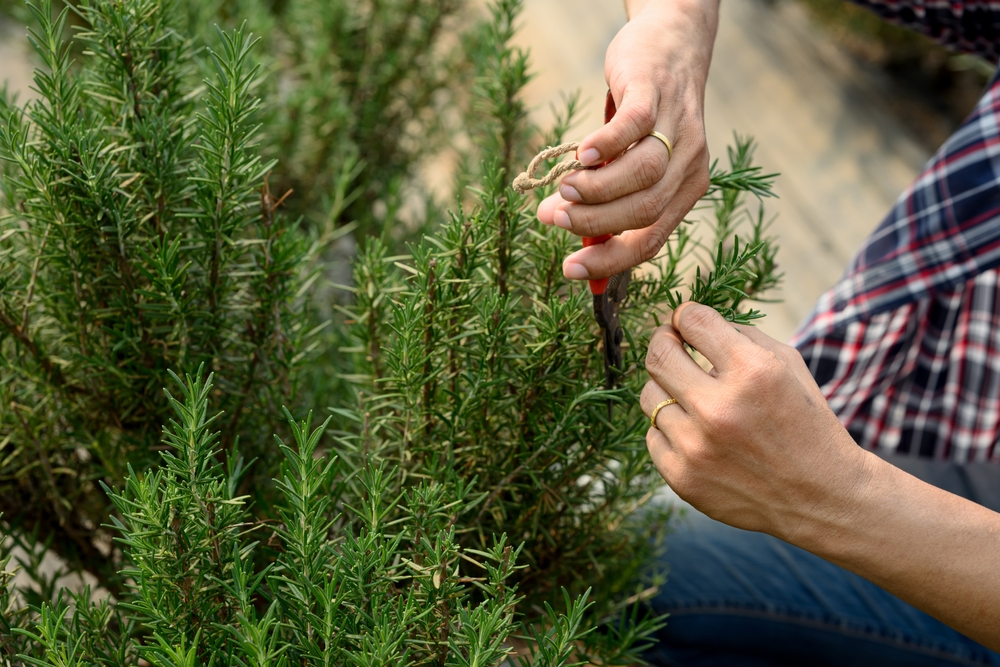
Rosemary is a hardy herb that thrives during the fall months. The cooler weather causes its flavor to intensify, making it the perfect time to harvest. Rosemary can withstand light frost, but to ensure that it is harvested at its peak, it is best to pick it before the frost sets in. The leaves have a sharp, pine-like aroma and a rich, woody flavor, making them ideal for drying and using in fall dishes.
To harvest rosemary, cut off sprigs about 4 to 6 inches long, leaving the plant intact for continued growth. Harvesting should be done in the late morning when the oils in the leaves are most concentrated. Once harvested, rosemary can be dried by hanging small bundles upside down in a dry, dark area with good airflow. The drying process typically takes one to two weeks, and once the leaves are fully dried, they can be stored in airtight containers. Rosemary’s robust flavor makes it a perfect addition to roasts, soups, and marinades, and drying it ensures that it will last through the colder months.
Mint
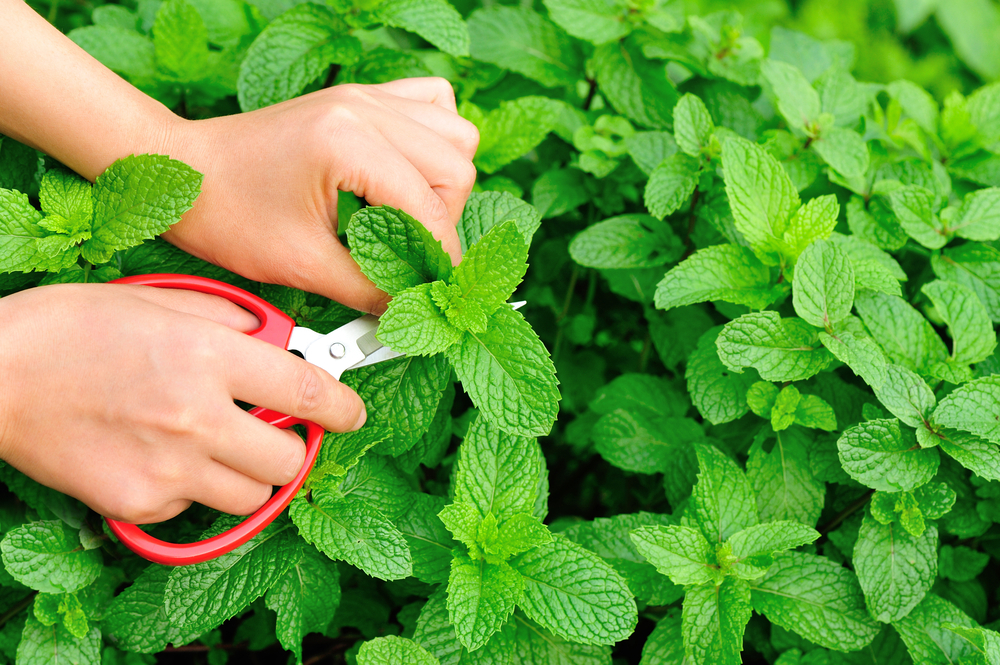
Mint is a fast-growing herb that reaches its peak flavor in the cooler months, making fall an ideal time to harvest. Mint tends to become more fragrant as the temperatures drop, and its vibrant green leaves are full of essential oils. Harvesting mint in the fall allows you to preserve its fresh, aromatic flavor for use in teas, desserts, and savory dishes during the winter months.
To harvest mint, cut the stems back to about 4 to 6 inches from the ground. It is best to pick mint just before it begins flowering, as this ensures the leaves are packed with flavor. Once harvested, mint can be dried by hanging small bundles upside down in a cool, dry place with good ventilation. Alternatively, you can use a dehydrator or an oven at a low temperature. After drying, remove the leaves from the stems and store them in airtight containers. Dried mint retains its refreshing flavor and can be used in teas, baked goods, or as a garnish for both savory and sweet dishes.
Lavender
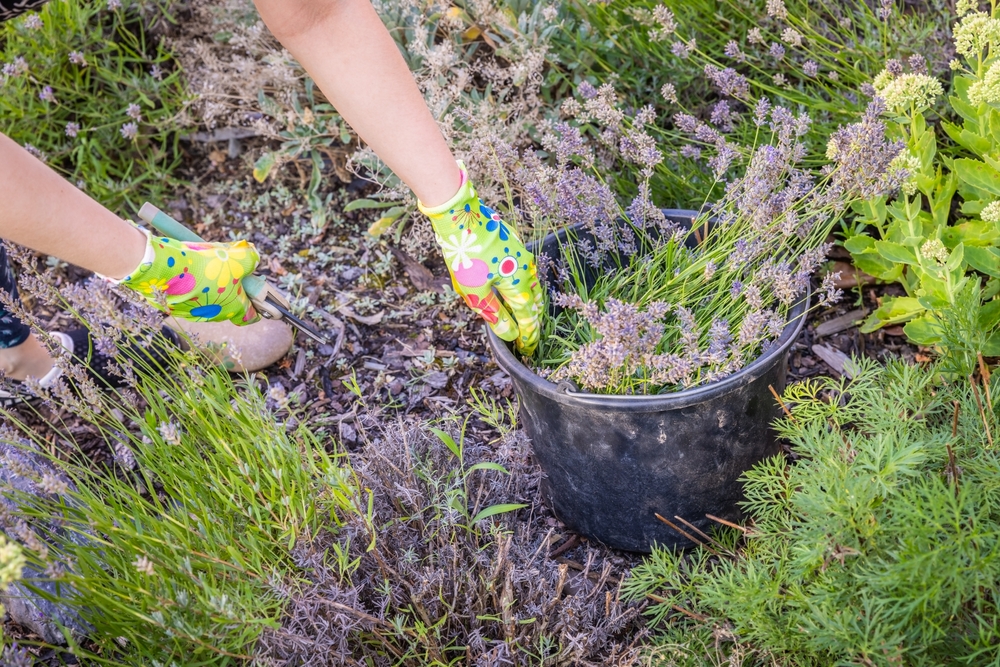
Lavender, with its calming aroma and floral flavor, is another herb that thrives in the fall. This is when the plants are beginning to wind down after a full growing season. Lavender is best harvested after the flowers have fully bloomed but before the buds begin to dry out. During this time, the flowers contain the highest concentration of essential oils, making them perfect for drying and preserving.
To harvest lavender, cut the flower stems just above the woody base of the plant. The best time to harvest is in the morning after the dew has dried but before the heat of the day sets in, as this helps preserve the oils. Once harvested, tie the lavender stems in small bunches and hang them upside down in a dark, dry, and well-ventilated area. The drying process usually takes 1 to 2 weeks, and once fully dried, the flowers can be stored in airtight containers. Dried lavender can be used in aromatherapy, homemade sachets, or as an ingredient in baked goods.
Chives
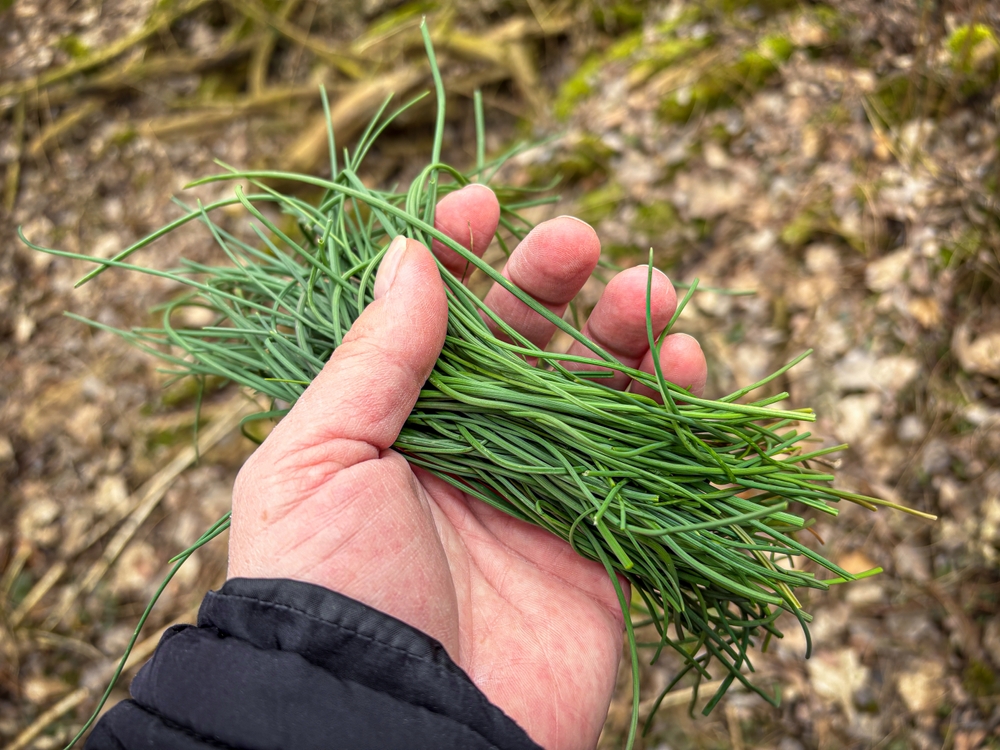
Chives are one of the easiest herbs to grow and harvest in the fall. Their mild onion flavor intensifies as the weather cools, making it an excellent time to harvest. As the leaves begin to die back in the fall, the chives are ready to be cut and dried, allowing you to preserve them for winter use. Unlike other herbs, chives do not need to be cut in the morning; however, it is best to harvest before they go to seed.
To harvest, simply snip the green leaves at the base of the plant, leaving about an inch of growth behind to promote regrowth next season. Once harvested, chives can be dried by spreading the leaves in a single layer on a drying rack or using a dehydrator. The drying process takes about one to two days, depending on the method used. Once dry, store the chives in an airtight container away from light and moisture. Dried chives can be sprinkled over salads, baked potatoes, and soups, adding a fresh onion flavor to any dish.
Tarragon
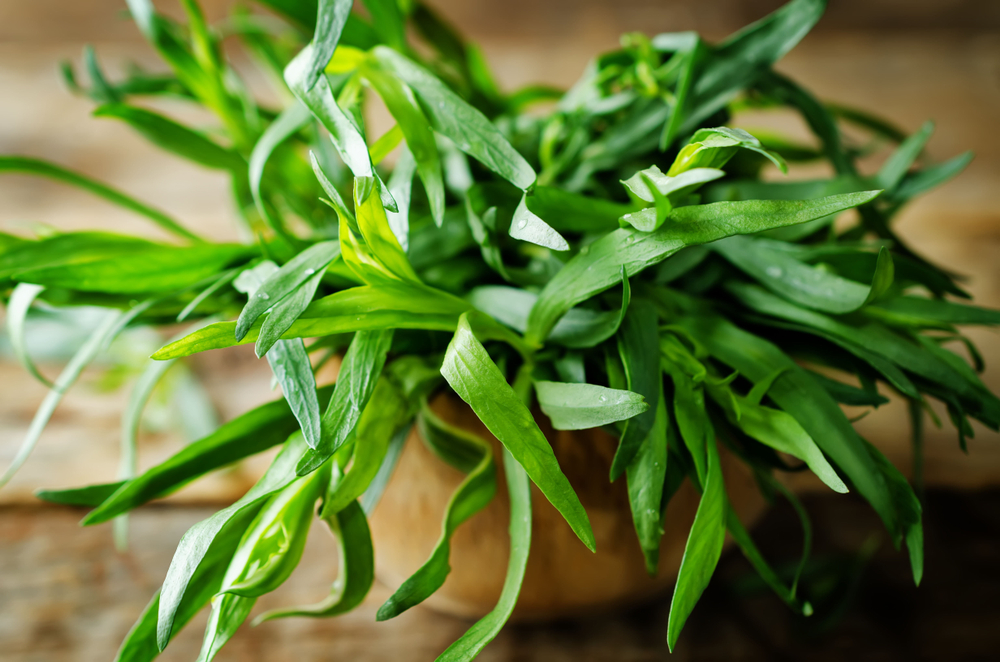
Tarragon is a hardy perennial herb with a unique, slightly licorice-like flavor that intensifies in the fall. This herb thrives in cooler weather, and fall is the perfect time to harvest before the plant dies back for winter. The leaves of the tarragon plant are rich in flavor and can be dried for use throughout the year. Be sure to harvest before the plant flowers, as this is when the leaves are most flavorful.
To harvest tarragon, snip the young, tender leaves or the upper stems, leaving the lower parts of the plant to regrow. The best time to harvest is in the morning when the oils are at their peak. Once harvested, tarragon can be dried by hanging the stems upside down in a cool, dry space or by using a dehydrator for quicker results. Dried tarragon can be used in a variety of dishes, from salad dressings and sauces to roasted chicken and vegetables.
Parsley
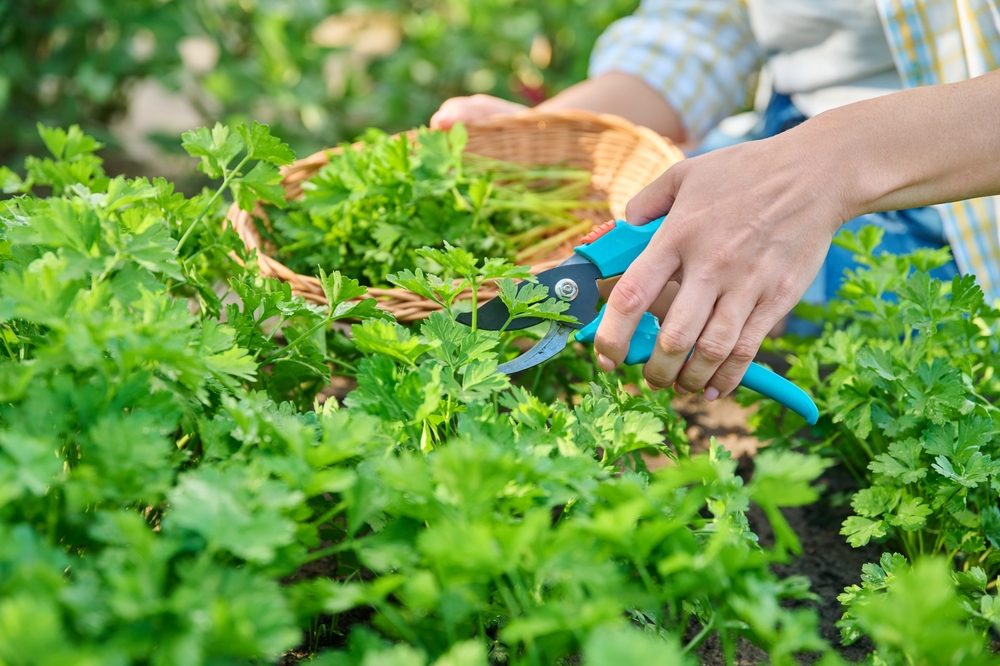
Parsley is another herb that does well in the cooler months and can be harvested in the fall before the first frost hits. Fall is an ideal time to pick parsley because it retains its bright, fresh flavor until the colder weather sets in. The leaves remain tender and packed with nutrients, making it an excellent herb to preserve for future use in the winter months.
To harvest parsley, cut the outer leaves first, leaving the inner leaves to continue growing. It is best to harvest parsley on a dry day, typically in the late morning when the plant has had time to warm up from the cool night. After harvesting, parsley can be dried by spreading it on a screen or using a dehydrator. Once dried, store it in airtight containers to preserve its flavor. Dried parsley works well in a variety of dishes, from soups and stews to garnishing roasted vegetables.
Marjoram
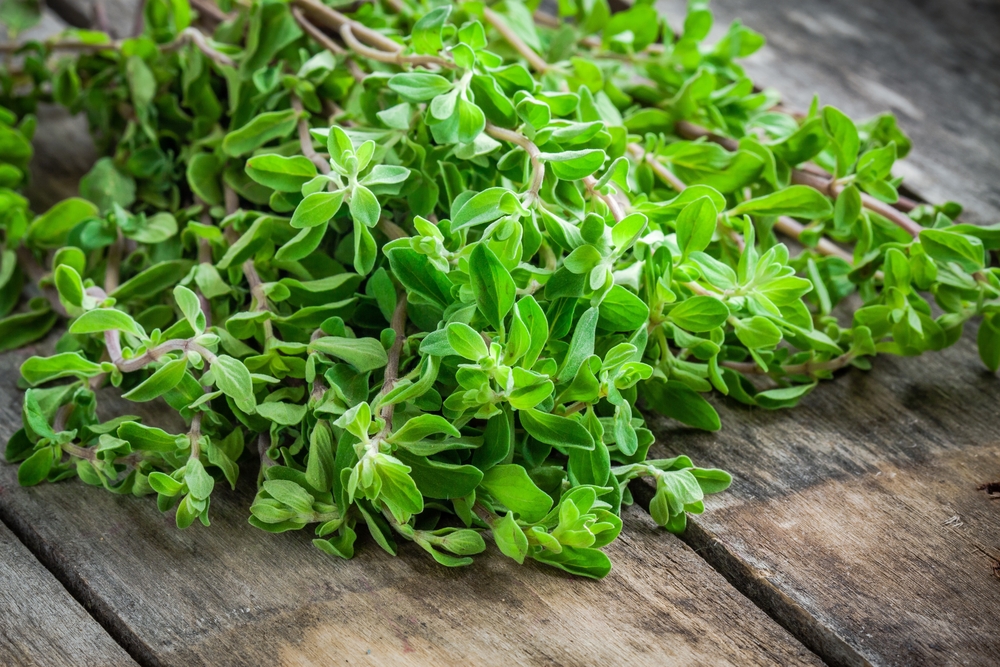
Marjoram is a flavorful herb closely related to oregano, with a milder, sweeter taste. In the fall, marjoram plants begin to mature, and the oils in the leaves intensify. The leaves are at their best just before the plant begins to flower, so it’s important to harvest them before this happens. By drying marjoram in the fall, you preserve its delicate flavor for use in winter cooking.
To harvest marjoram, cut the stems just above the woody part of the plant, leaving enough to encourage new growth for the next season. The best time to harvest is in the morning when the leaves are full of essential oils. After harvesting, marjoram can be dried by hanging it upside down or using a dehydrator. Once dried, marjoram can be stored in airtight containers and used to season fall dishes like stews, roasted meats, and casseroles.
This article originally appeared on Avocadu.
